Article by Maria Giovanna Drago – The Winton Beauty of Mathematics Garden, by Nick Bailey, Chelsea, London, UK. The Winton Beauty of Mathematics Garden was a project by horticulturist Nick Bailey that was exhibited at the Chelsea Flower Show in 2016. It had a great success among the audience and judges for developing a side of nature that not everyone knows and that is certainly unexpected. There’s still so much talk about its main purpose: to show that nature is based on numbers. Not everyone knows that there are mathematical rules behind the number of petals on a flower or the arrangement of leaves on a plant. Bailey showed this dualism in a refined way, including signs and numbers easily recognizable, even by children.
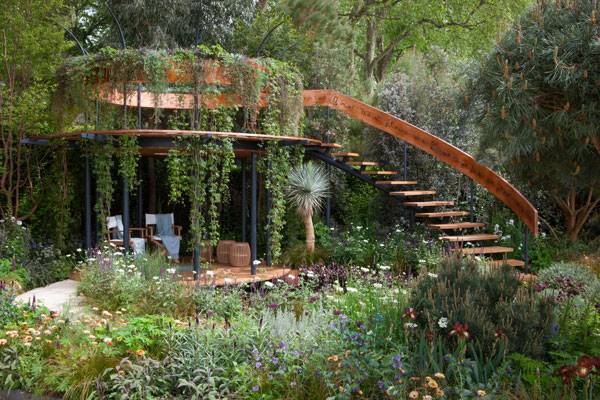
The Winton Beauty of Mathematics Garden, Photo courtesy of Nick Bailey
The Chelsea Flower Show
The Chelsea Flower Show has been held each year since 1912 on the 11 acres of land of the Royal Hospital Chelsea in Chelsea, London. It’s also known as the Great Spring Show, and it hosts an exposition of landscape gardens for five days. It attracts about 150,000 visitors from all over the world and is considered one of the most beautiful garden shows in the entire world. It is so popular that tickets must be purchased in advance because of limited capacity. The exhibition has become the ideal place to discover new gardening trends. Here, new plants are promoted and old ones can be admired in all their beauty.
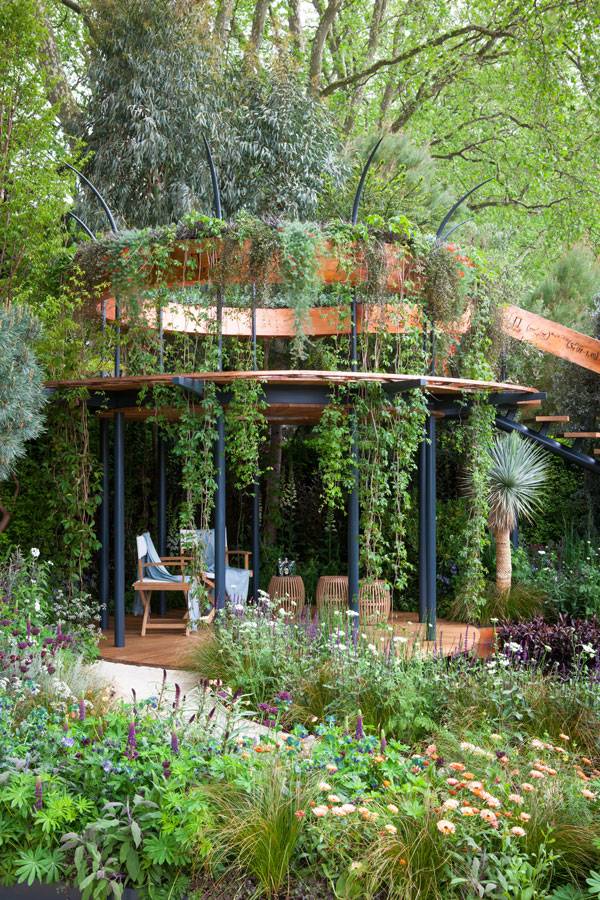
The Winton Beauty of Mathematics Garden, Photo courtesy of Nick Bailey
The Mathematics Garden
The Winton Beauty of Mathematics Garden, which was awarded one of eight silver gilt, was rectangular in shape and organized around a path that enveloped the symbol of infinity. It enclosed a first circle of greenery; a second circle was open, as the path split into two endings. One ending reached the short side of the rectangle and the other the adjacent long side. Visitors could access the garden from both ends. The garden rose from a base made of fine white earth, which was most visible in the corner between the two entrances where vegetation was sparse. As you ventured into the garden, the vegetation began to thicken and the white disappeared completely. Also, the routes stood out in their whiteness, as did the first circular space that you encountered as you entered.
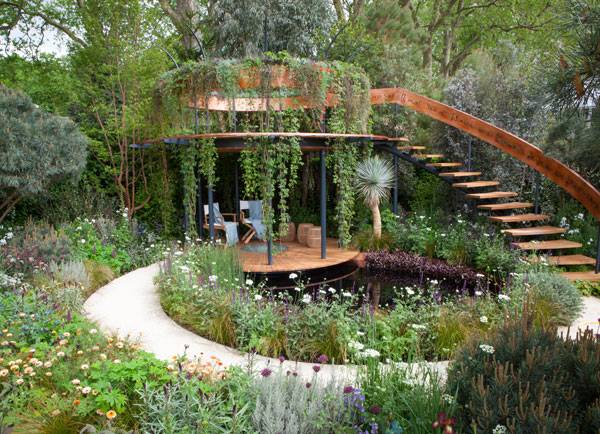
The Winton Beauty of Mathematics Garden, Photo courtesy of Nick Bailey

The Winton Beauty of Mathematics Garden, Photo courtesy of Nick Bailey
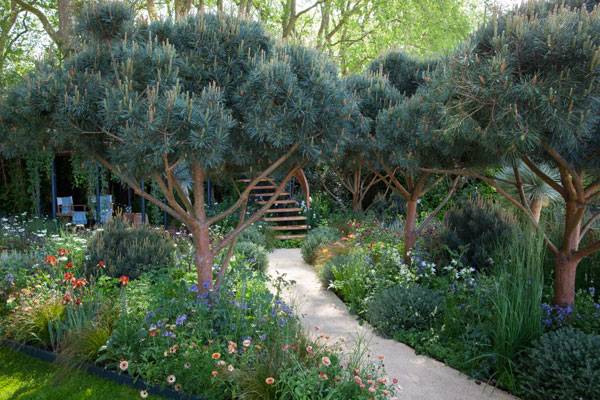
The Winton Beauty of Mathematics Garden, Photo courtesy of Nick Bailey
Why Mathematics?
Who among us does not get along with math? I suppose many of us feel that way. That is why the garden was such a huge success — it let people discover that math is beautiful in unexpected ways. “I’m terrible at maths,” Bailey admitted. Who would have ever imagined that natural beauty is based on mathematical rules? No one knows why, but plants grow and develop following precise mathematical laws. For example, the seeds of the sunflower head are arranged to form spirals according to the sequence 1, 1, 2, 3, 5, 8, 13 — which is known as the “Fibonacci numbers”.
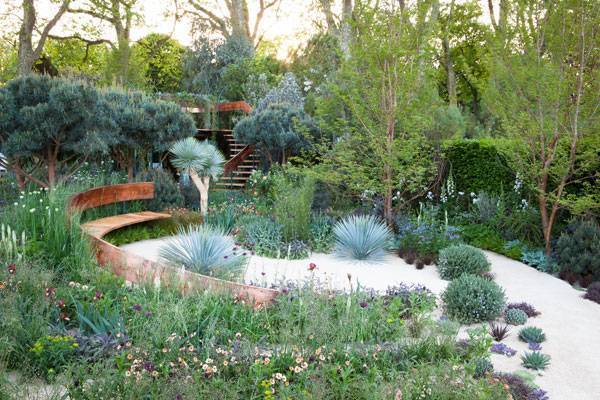
The Winton Beauty of Mathematics Garden, Photo courtesy of Nick Bailey
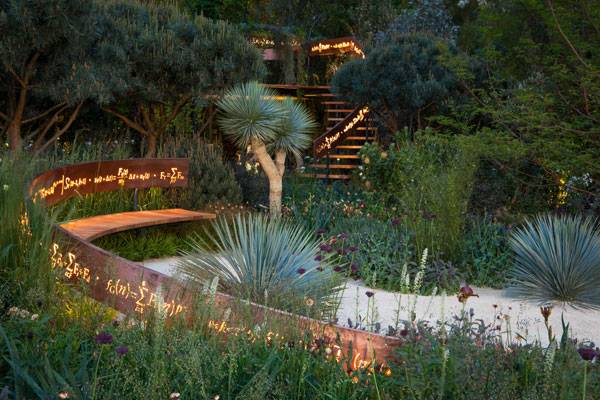
The Winton Beauty of Mathematics Garden, Photo courtesy of Nick Bailey

The Winton Beauty of Mathematics Garden, Photo courtesy of Nick Bailey
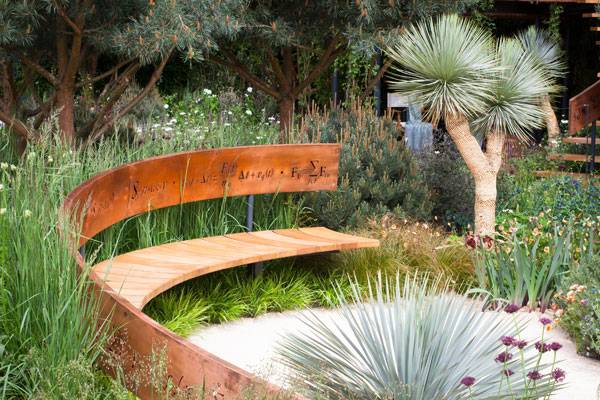
The Winton Beauty of Mathematics Garden, Photo courtesy of Nick Bailey
The Designer
Bailey is head gardener at the Chelsea Physic Garden, the oldest botanical garden of England, which covers four acres and contains about 5,000 plants. He is also a freelance garden writer and has 20 years of horticulturalist experience. He had visited the Chelsea Flower Show for the last 20 years, and finally had the opportunity to design a garden rather than just admiring them as a visitor. The Gardenlink service helped him realize the Mathematics Garden project, which took 14 months to complete. The multiple award-winning garden service has a team of 15 planter specialists, including three master gardeners from Japan.
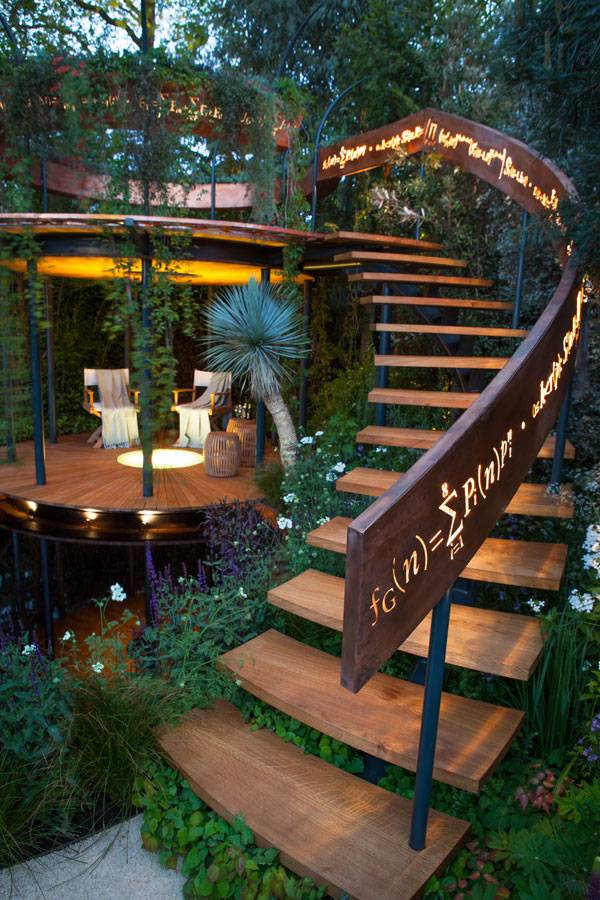
The Winton Beauty of Mathematics Garden, Photo courtesy of Nick Bailey
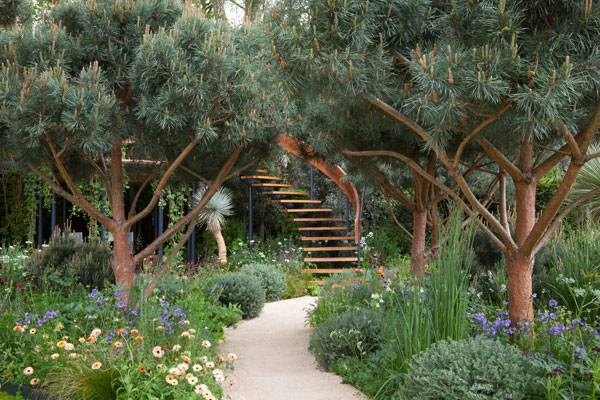
The Winton Beauty of Mathematics Garden, Photo courtesy of Nick Bailey
Full Project Credits For The Winton Beauty of Mathematics Garden:
Project Title: The Winton Beauty of Mathematics Garden Landscape Architecture: Nick Bailey Location: Chelsea, London, UK Client: The Chelsea Flower Show Scope: Gardening exhibition Completion: 2016 Recommended Reading:
- Becoming an Urban Planner: A Guide to Careers in Planning and Urban Design by Michael Bayer
- Sustainable Urbanism: Urban Design With Nature by Douglas Farrs
- eBooks by Landscape Architects Network



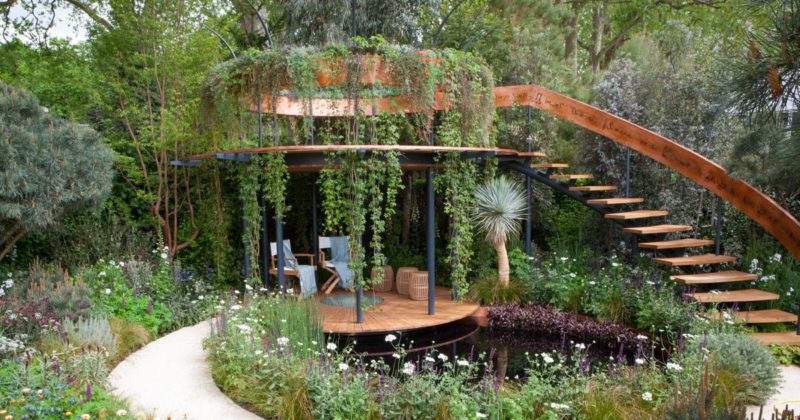




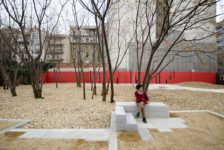


Pingback: Making a Nature Space – ADST/Math Project – MACC 4/5 SUNCREST